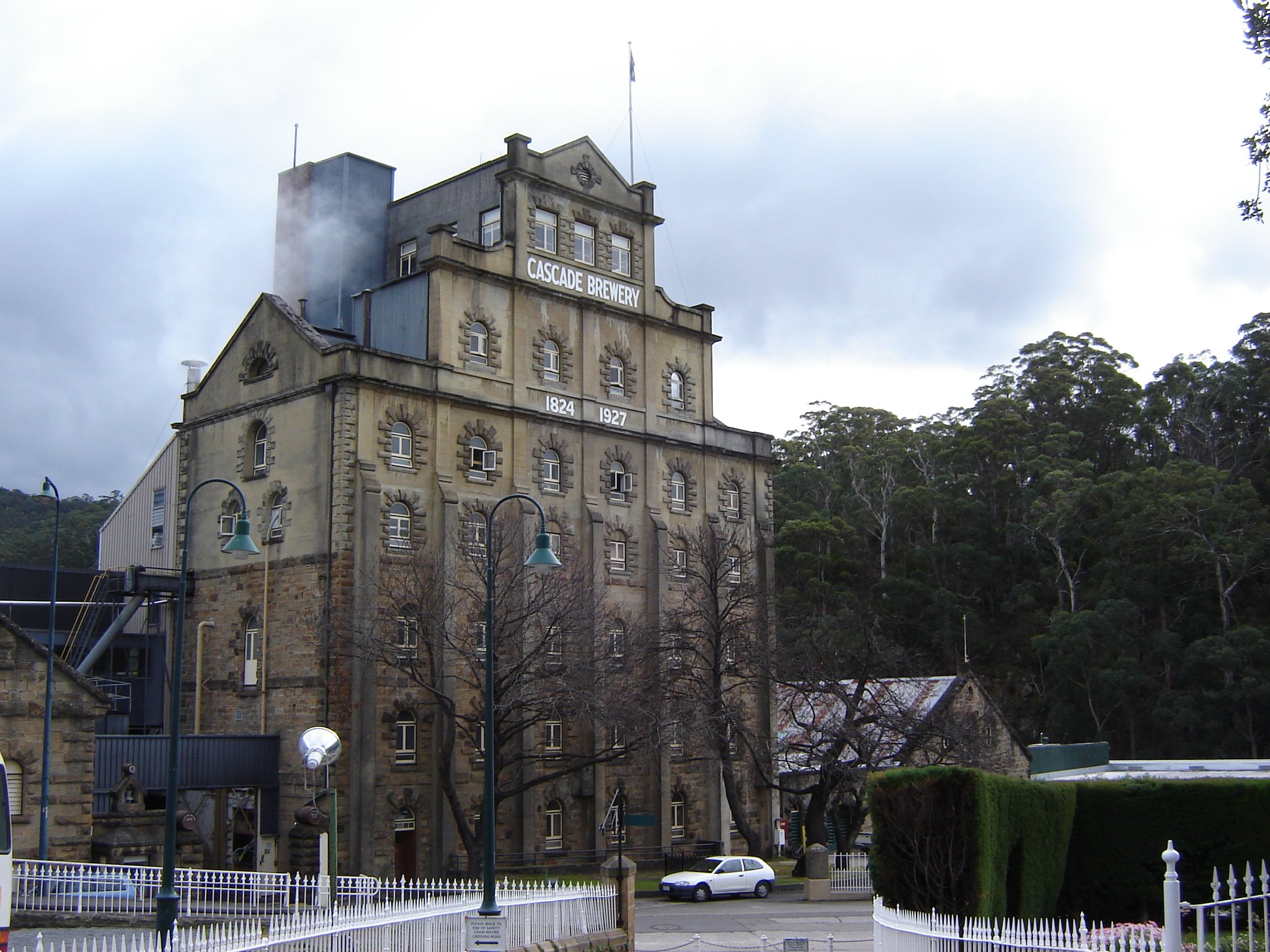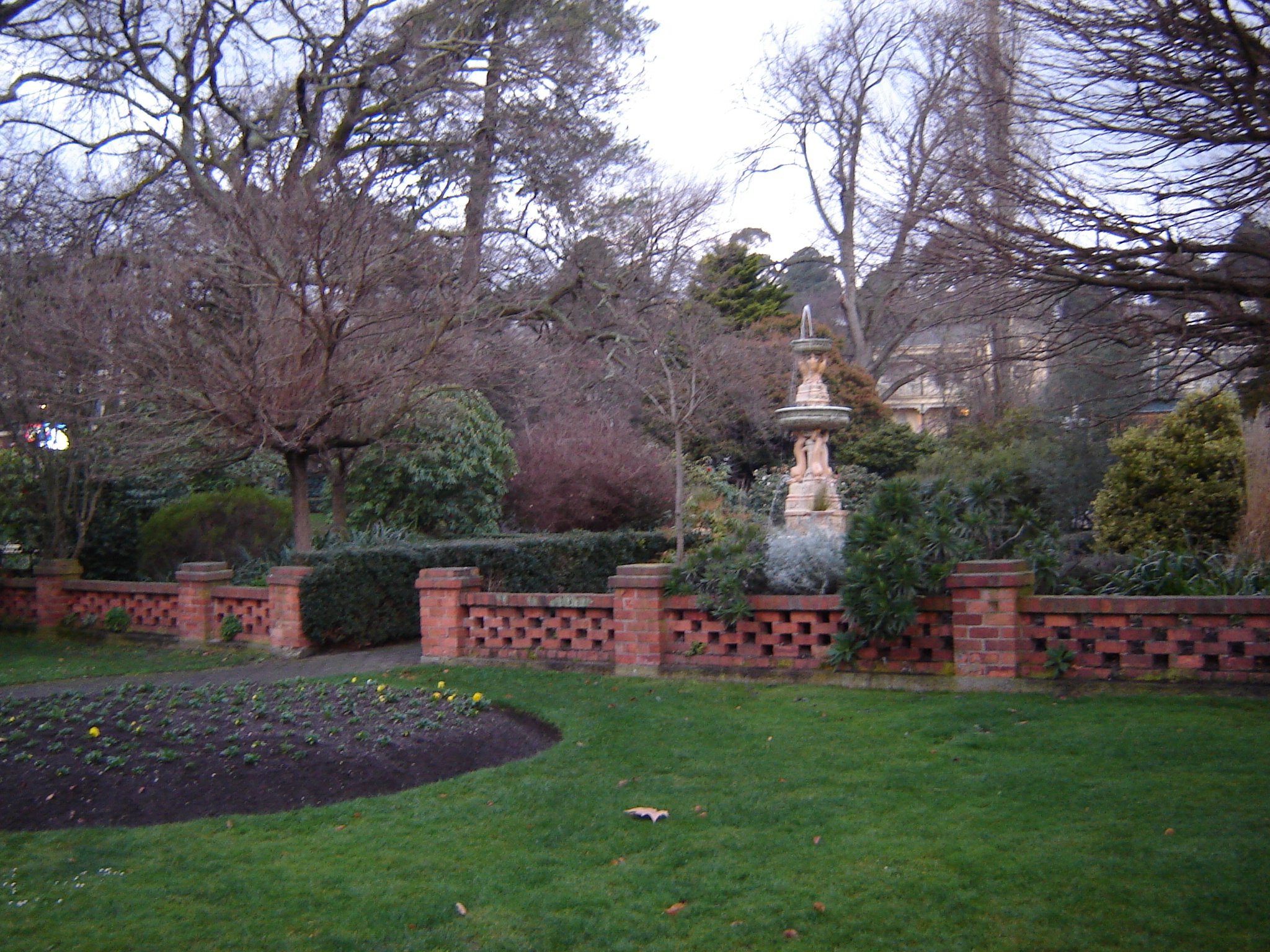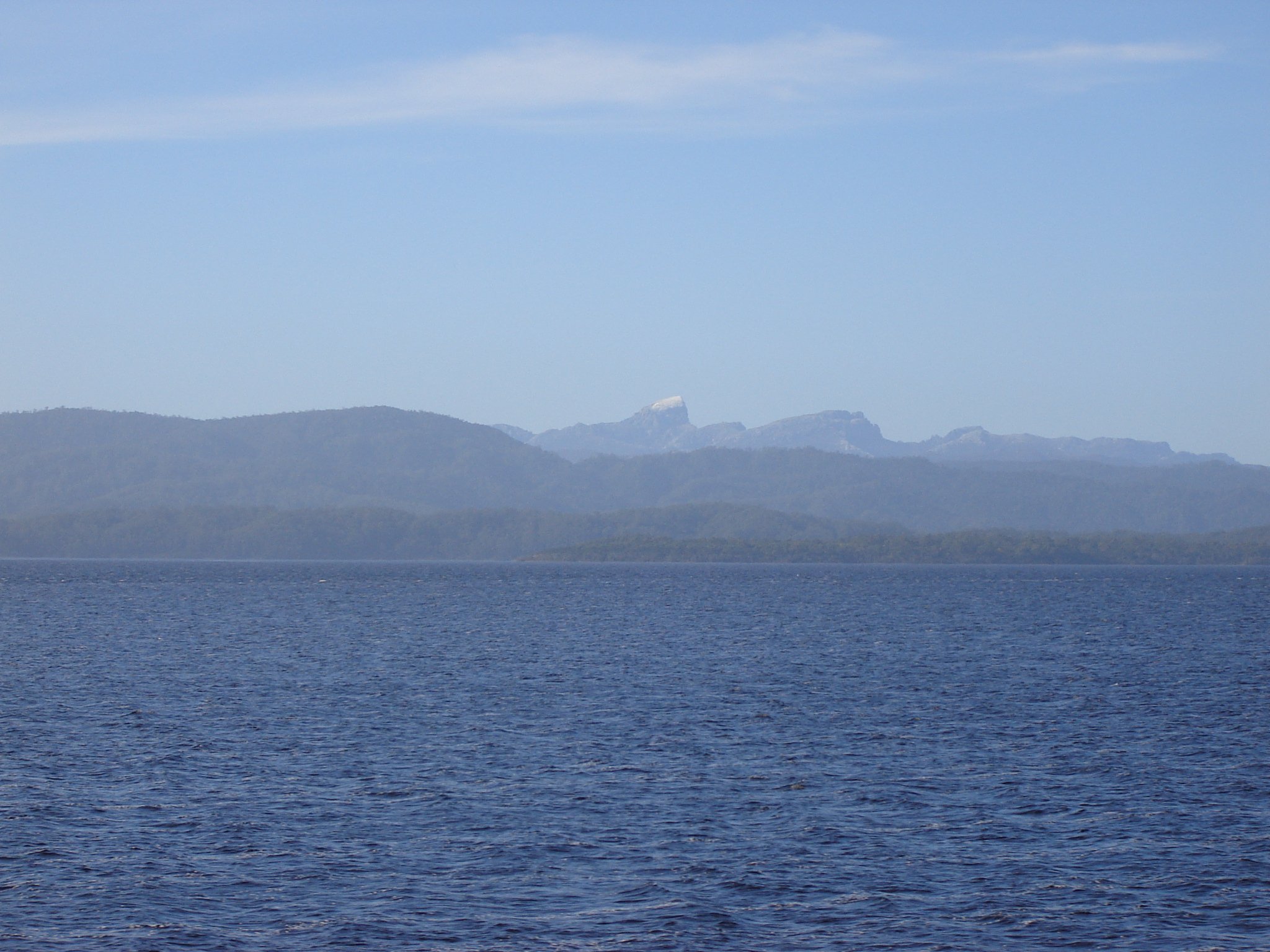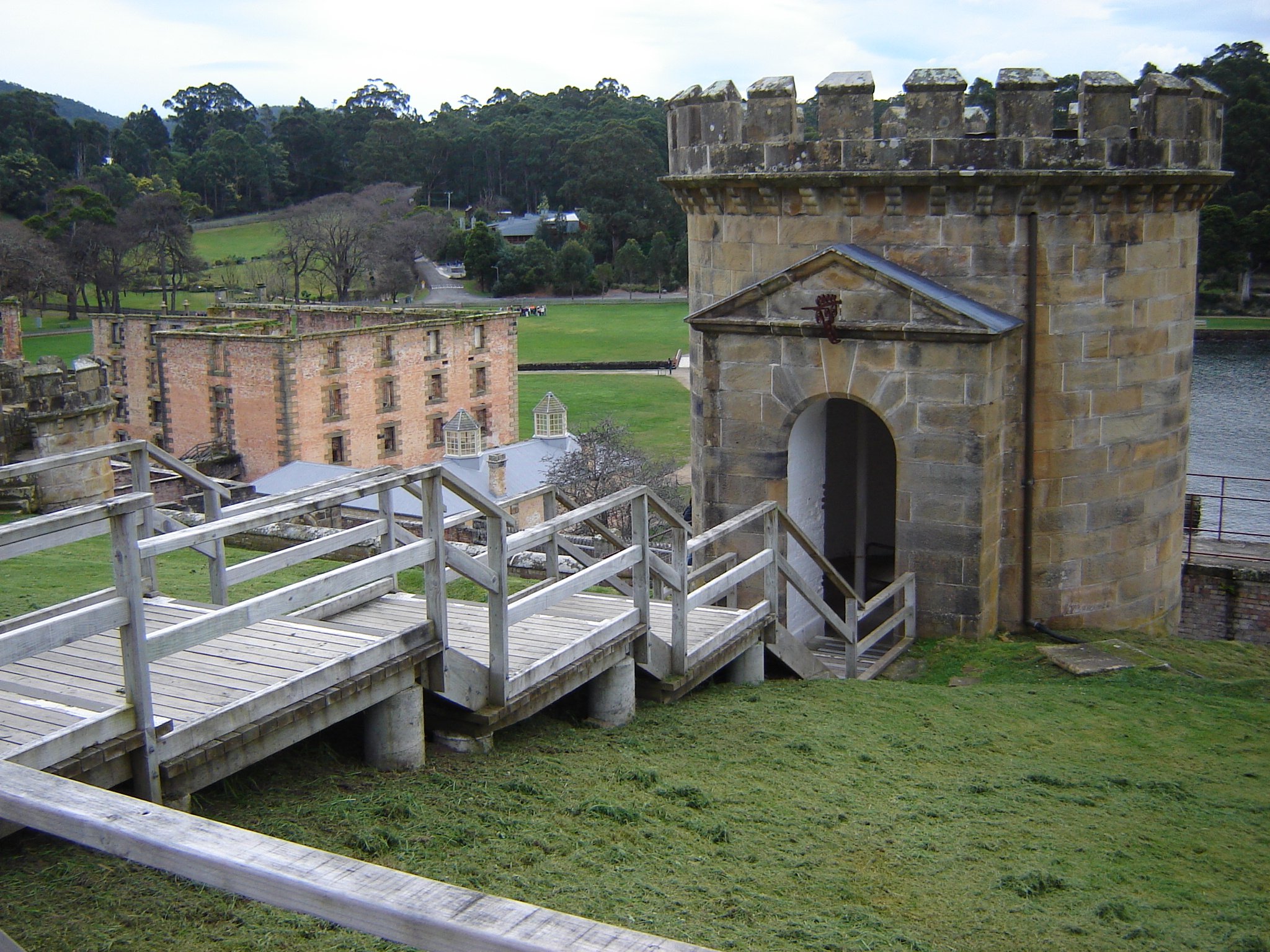TASMANIA, AUSTRALIA
So yes, Van Diemen’s Land is most definitely a state of Australia, but getting to, and then experiencing this kind of place demands its own page. I mean, how much more remote can you get than this southerly isle?
I remember the Tasmanian Devil from Bugs Bunny cartoons and my dad talking about a Hollywood madman named Errol Flynn who was from Tasmania. It became this mythical place to me.
After Sarah & I traveled Aussie’s east coast together, she had to head back to Perth to continue studies. I then had the opportunity to hitch an overnight ferry down to ‘Tassie’.
A place that didn’t even feel like dry, hot Aus I’d come to know. With it’s damp dewy mornings huge expanses of forests and coastlines, it felt more like Canada than Australia.
Devonport
An overnight ferry from Melbourne aboard the surprisingly empty 'Spirit of Tasmania II' brought me to the Tasmanian port town (well, it was proclaimed a city by Prince Charles of Wales in 1981) of Devonport. It definitely didn't feel like I was in the hot, dry Aussie that I'd come to know. This felt more like Great Lakes area Ontario. Enjoyed some great hikes beside banks of wind-scoured trees and stayed at a super comfy hostel.
Hobart
The capital city of Tassie (and home to almost half of all Tasmanians) was a place I'd arrive at and depart from about half a dozen times while down here on the island. The city was founded in 1804 as a British penal colony, and is Australia's second-oldest capital city after Sydney.
During my various stops in town I hit the Salamanca Markets, Battery Point and busy Elizabeth Street. The place had the feel of some forgotten European seaside town. A trip to the Cascade Brewery for a tour with samples was excellent. Even though I only spent a night or two in town, I liked the place because most of the time I seemed to be the only one around....
Geeveston
Fantastic rural Tasmania. This small town southwest of Hobart was just my speed. Geeveston is the center of Tassie's fruit orchards and also has it's roots in the timber industry. While out exploring the area on foot, a small duck-billed platypus swam and played in a nearby stream. I had the small backpacker hostel to myself where I stoked the wood burning oven, listened to the newly released 10,000 Days, and read 'For the Term of His Natural Life' that was set on Van Diemen's land. Nice chilled, quiet times.
Launceston
This stunningly beautiful city - Tasmania's 2nd largest after Hobart - was settled by Europeans in 1806 and named after the British city in Cornwall. The Cataract Gorge just outside the city center had incredible walks both by day & night when it was nicely lit up. Near the Alexandra bridge were areas with snow monkeys (something smells?) and free-roaming peacocks.
Macquarie Harbour & Gordon River
Named in honour of Scottish Major General Lachlan Macquarie, the 325 square km harbour is a shallow fjord with water the colour of tea, owing to the tannins in the water. The narrow entrance to Macquarie Harbour has hazardous tidal currents and is called Hell's Gates.
I hopped on a tour boat that took us the north/south length of the harbour and into the isolated Gordon River where the water was mirror-like. It was in New Zealand's Doubtful Sound and here - two places that felt to me as though nature was completely unspoiled and so far from urban influence. Next level natural beauty that you maybe wish you didn't have the ability to see. Pristine.
Strahan & Sarah Island
The small town of Strahan (pronounced Straw-n) is a former port on the west coast of Tasmania. From here, I jumped on a boat into Mcquarie Harbour and to the beautifully named Sarah Island, which for 11 years, had the reputation as being the harshest penal settlement in the Australian colonies.
As Sarah Island could not produce food, malnutrition, dysentery, and scurvy were often rampant among the convict population. Living conditions were particularly bad in the early years of the settlement when it was so crowded, convicts were unable to sleep on their backs in the communal barracks. Punishment involved solitary confinement and regular floggings - where 9,100 lashes were given in 1823. In 1824 a prisoner named Trenham stabbed another convict in order to be executed rather than face further imprisonment on the island. Sounds magical, eh?
After my visit to the island which was hosted by an insanely knowledgeable old gent (check out the exorcist-like pic of him walking from the water - eerie) I caught a showing of Australia's longest running play; "Sarah Island, The Ship That Never Was" which has exceeded over 5,000 performances.
Port Arthur
Australia's history as Britain's penal colony are well known, and Port Arthur was the flagship facility of large-scale convict imprisonment during the 18th and 19th centuries on Australian coastal areas.
From 1833 until 1853, Port Arthur was the destination for those deemed the most hardened of convicted British criminals, those who were secondary offenders having reoffended after their arrival in Australia. Rebellious personalities from other convict stations were also sent there. Port Arthur had some of the strictest security measures of the British penal system.
Walking around Port Arthur on a sunny day revealed sobering realities of what it was like to live in a hellish prison surrounded by natural beauty beneath nearby Cradle Mountain.
Be good, boys & girls.
St. Helens, Binalong Bay & Bay of Fires
The amount of natural beauty on this big island is difficult to fully grasp. Yet with Tasmania being so far away from every other place on earth, it's easy to understand why you don't hear anything about it. From the town of St. Helens (population: +/- 2100) I rented a mountain bike and pedaled over to the rural locality of Binalong Bay which had a stretch of white sand beach and frigid crystal blue waters. Beyond Binalong was the awesomely named Bay of Fires with more white beaches, blue water and orange-hued granite from a type of lichen that grows there. In 2005, it was named as the world's second best beach by Condé Nast. Even these pictures don't do it justice.



























































































































